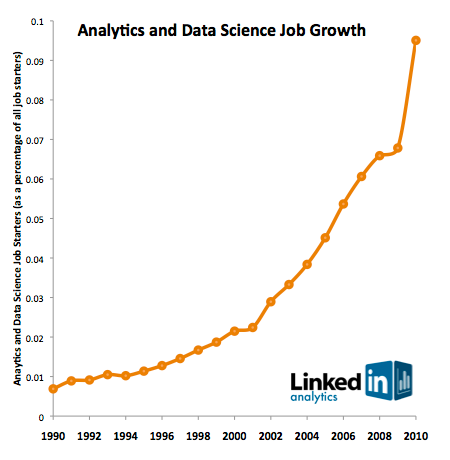Ready to learn Machine Learning? Browse courses like Uncertain Knowledge and Reasoning in Artificial Intelligence developed by industry thought leaders and Experfy in Harvard Innovation Lab.
It is pretty extraordinary to that only 0.00000142% of the population of this planet have a skill set considered essential to business and technology today.
Solving tough A.I. problems is not like building the flavor-of-the-month smartphone app. In the entire world, fewer than 10,000 people have the skills necessary to tackle serious artificial intelligence research, according to Element AI, an independent lab in Montreal. — New York Times

If only 10,000 people in the world have the skills necessary to implement serious artificial intelligence research, what hope do businesses, startups large and small, and government agencies have of staying competitive?
I can guarantee you that these folks are expensive, so if you want to invent some crazy artificial intelligence to boil the ocean, be prepared to pay a lot of bitcoin (or whatever currency is most exciting and relevant at the time of reading this).
However, I’m going to argue that its largely unnecessary to hire one of these payroll drains.
Cutting edge artificial intelligence is indeed a very interesting field. Everyday you will see headlines about how AI is curing cancer, stopping thieves, and predicting the stock market. But those use cases are extreme, and for most businesses, unnecessary.
AI and machine learning have a more mature application, and that is repetitive process replacement.
If your use cases fall into one of the following categories, you’re in luck:
- If you currently pay people to manually tag images or video for search, access, or retrieval
- Your E-Commerce site needs to show more relevant products to people
- You want your customers to search with an image instead of text
- Extracting keywords and entities from unstructured text would help your customers search better
- You need to route customer’s e-mails based on what is in them
- You want to weed out fake news or satire from your site
These are all perfect use cases for the current state of the art as it relates to machine learning and AI. And the REALLY good news is that you don’t need to know very much about machine learning or data science to implement these capabilities right away. There are plenty of tools for developers to use that can nail these use cases.
Training
Part of the value of those 10,000 people is their ability to tailor training data to suit a companies specific needs. The more specific to a use case a machine learning model is, the better the accuracy will be. The magic of machine learning and data science isn’t so much which algorithm you choose to perform which task, but what your training set looks like.
Mastering what a good training set is will be the key to success in implementing AI this year and next.
Experimenting
The secret is experimentation. It is extremely unlikely that you’ll get it right the first time around, instead, you’ll probably reach that golden 90% accuracy around your 3rd or 4th attempt at training a model. So make sure you are accounting for that time and cost of hammering a model with a lot of data. (This is where tools like my company Machine Box come in handy because you aren’t billed for every API call.)
Your data
Your training set should be examples from your own data that relate to your use case. For example, if you are trying to recognize actors in all of your media content, don’t train the face recognition model on headshots, train it on screen grabs from the very content you’ll be processing. If you are classifying e-mails into positive and negative sentiment, start with your own e-mails as examples, don’t try and download a generic dataset off of the internet.
In summary, the path to success is to first start with a problem that would be a good candidate for machine learning, then be prepared to experiment with training sets comprised of your own data.



